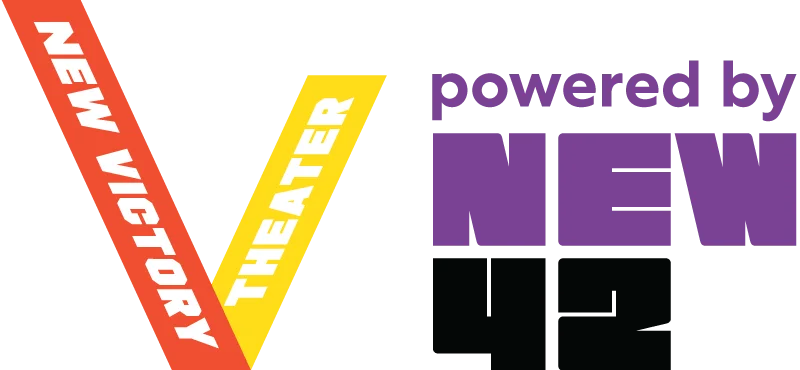Back to Resource Library Download PDF
Download PDF
Fearsicality and Puppetry
 Download PDF
Download PDFUse this activity to help your students use their imagination, express emotions and explore puppetry, music and physicality!
- Tell your students that you're going to be exploring fear using puppetry, music and physicality as the basis for this exploration!
- Play different types of instrumental music and ask your students how the music makes them feel, scribing the words they say on a large piece of chart paper or board for all to see. Note: As you write each word, ask your students to show that emotion on their face.
- Using those same words, invite your students to continue this exploration by physicalizing each word (e.g., sad = slumping downward, happy = stretching upward, etc.) through a gesture. Once they've expressed their physical gesture a few times, ask them to add a facial expression, explored earlier, to hep convey each emotion.
- After having explored a range of emotions, ask your students to focus solely on what fear is, including what it means to feel and express fear, first through a facial expression, then gesture and finally a sound. Guide them by asking your students questions like:
- What is fear?
- What is something that makes you feel afraid?
- What is the origin of that fear?
- If you could, how would you conquer your fear?
- Now that you and your students have explored fear as humans, it's time to turn their fear into a puppet so that they can face the thing that makes them feel afraid! To do this, ask students to think of what their fear might look like if it took the form of a puppet and then, using their imagination and some open-ended materials like a paper bag or paper plate, construction paper, pom poms and popsicle sticks, ask them to turn their fear into a puppet.
- Once they've created their puppet, invite students, in their own space in the room, to face their fear—literally—and have a conversation about why students fear them, how they wish to overcome their fear and then find a way to befriend their fear. Note: Do this first without music to offer students time to discover how they wish to approach their fear. Then, introduce a piece of music to help add atmosphere to this exploration.
- Finally, invite the group to come back together and ask for volunteers to show their physical representation of fear, showcase their puppet and how they overcame (or hope to overcome) their fear to the rest of the group!
Reflection Questions
- What was it like to explore emotions using facial expressions with and without gestures?
- Which mode of expressing emotions did you like the most? Why?
- How did the music affect how you were feeling and moving?
- How did it feel to explore fear?
- What was it like to turn your fear into puppet form?
